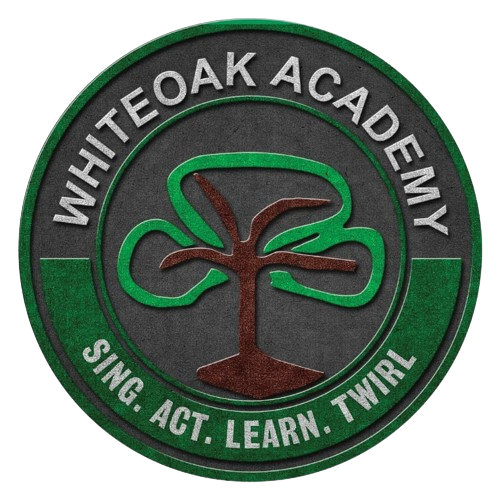
EXCEL
Literacy and Numeracy support (Ages 3-11)
Excel aims to raise literacy and numeracy levels among primary school children.Firstly, it equips them with essential skills for success in academics and beyond, fostering confidence and a love for learning. Strong literacy skills enable effective communication, critical thinking, and problem-solving, while numeracy skills are vital for understanding concepts in science, technology, engineering, and mathematics (STEM). Moreover, higher literacy and numeracy levels empower children to navigate the increasingly complex demands of the modern world, opening doors to better opportunities and a brighter future.
DANCE
Dance offers a multitude of benefits for children, both physical and emotional. Here are some of the key advantages:
Physical Fitness: Dance is a fantastic form of exercise that helps children improve their cardiovascular health, flexibility, coordination, and overall physical fitness.
Motor Skills Development: Through dance, children refine their motor skills, including balance, agility, and spatial awareness. This is particularly beneficial for younger children who are still developing these abilities.
Creativity and Expression: Dance provides a creative outlet for children to express themselves, fostering their imagination and allowing them to explore different movements and emotions.
Confidence Building: Learning and mastering dance moves can boost children’s self-confidence and self-esteem. Performing in front of others can also help them overcome stage fright and develop a sense of poise and presence.
Social Skills: Dance classes provide opportunities for children to interact with peers, collaborate in group routines, and build friendships. This social aspect of dance helps improve communication skills and teaches children the value of teamwork.
Cognitive Benefits: Dancing involves memorizing choreography, following instructions, and coordinating movements with music, all of which contribute to cognitive development and memory retention.
Emotional Well-being: Engaging in dance can uplift mood, reduce stress, and promote a sense of well-being. The joy of movement and the satisfaction of achieving goals in dance can have a positive impact on children’s mental health.
What we offer:
Ballet: Known for its graceful movements and disciplined technique, ballet is often recommended as a foundation for other dance forms. Many dance schools offer ballet classes for young children, starting from preschool age.
Tap Dance: Tap dance focuses on rhythm and coordination, with dancers using special shoes fitted with metal taps to create percussive sounds. It’s a fun and energetic style that appeals to many children.
Hip-hop: Hip-hop dance is characterized by its urban and street dance styles, including popping, locking, and breaking. It’s a high-energy form of dance that allows for self-expression and creativity.
Jazz Dance: Jazz dance combines elements of ballet, modern dance, and African-American rhythms. It’s often upbeat and dynamic, incorporating a wide range of movements and styles.
Contemporary Dance: Contemporary dance is a more fluid and expressive style that encourages freedom of movement and personal interpretation. It’s a great option for children who enjoy exploring creativity through dance.

TWIRL
The Twirl is our signature programme at Whiteoak, bringing together a fusion of singing, acting, and dancing. It is a dynamic fusion that ignites creativity, cultivates confidence, and fosters collaboration. Children not only refine their performance skills but also develop a deep appreciation for the arts as they immerse themselves in a supportive and inspiring environment. From mastering harmonies to perfecting choreography, Twirl sparks a passion for expression and empowers individuals to shine both on stage and in life.

